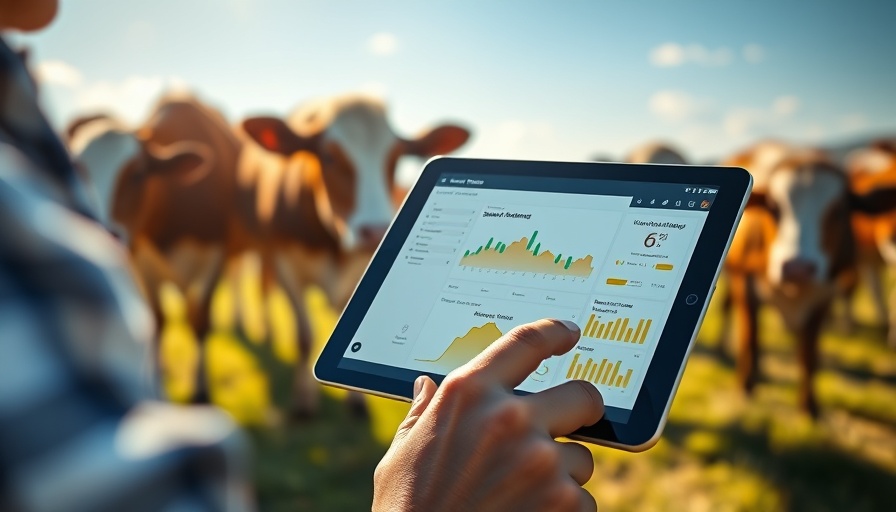
Introduction: Revolutionizing Livestock Farming
As the global population continues to soar, the demand for efficient food production has never been more urgent. The agricultural sector, especially livestock farming, is at the forefront of this evolution, and modern technology is playing an integral role. This article explores how innovative solutions are transforming traditional farming practices to meet contemporary challenges.
Remote Monitoring: The New Standard
In today's livestock facilities — often likened to hospitals for animals — remote monitoring systems have become crucial. Imagine a barn where every corner is under surveillance, ensuring optimal conditions for cattle and poultry. High-resolution cameras function 24/7, providing valuable insights into animal health and facility conditions. With this technology, farmers can quickly identify issues and maintain welfare standards, leading to healthier livestock and, ultimately, better products for consumers.
Advanced Ventilation Systems Improving Animal Health
Gone are the days of dark and cramped stables. Innovations in air conditioning and ventilation are creating a healthier environment for livestock. Sensors now automatically adjust temperatures and humidity levels, ensuring that animals are kept comfortable at all times. Not only does this contribute to animal welfare, but it also improves meat quality, making the final product more appealing to health-conscious consumers.
Drones: A Whole New Perspective
Drones are not just for aerial photography; they are now invaluable tools in livestock management. These unmanned aircraft can cover vast distances, allowing farmers to quickly assess the condition of their animals and land. By providing a new perspective from above, drones help farmers monitor pasture conditions, identify potential health issues, and optimize grazing patterns.
Data-Driven Decisions: The Rise of Big Data
In an era where data is king, livestock farming has embraced analytics to drive decision-making. Farmers can now harness data from various sources, including feed efficiency, growth rates, and health metrics, to tailor their operations. This targeted approach not only boosts productivity but also supports sustainable practices that are friendly to the environment.
Automated Feeding Systems: Efficiency and Precision
Outdated feeding methods are being replaced by intelligent, automated systems designed to meet the precise nutritional needs of livestock. These systems ensure that animals receive the right amount of feed at the optimal time, reducing waste and lowering costs. By streamlining the feeding process, farmers can allocate more time to focus on animal welfare and farm management.
Smart Technology in Animal Health Monitoring
Wearable technology is not limited to humans; livestock are now also equipped with health-monitoring devices. Sensors worn by animals track vital signs and behaviors, alerting farmers to any abnormalities that may indicate health issues. Early detection helps in timely intervention, reducing veterinary costs and improving overall herd health.
Precision Agriculture: A Holistic Approach to Farming
Precision agriculture encompasses a range of technological applications that make livestock farming more efficient. Techniques such as satellite imagery and soil sensors allow farmers to understand their land better, optimizing resources while minimizing environmental impact. This holistic approach not only benefits farmers but also aligns with the growing consumer demand for sustainable farming practices.
Future of Livestock Farming: A Sustainable Outlook
As technology continues to advance, the potential for further improvements in livestock farming is vast. Sustainable agriculture practices combined with modern technology can help meet the food demands of a growing population while also addressing environmental concerns. By embracing innovation, farmers are setting a foundation for a resilient agricultural future.
Conclusion: Embrace the Change in Livestock Farming
In summary, the integration of technology in livestock farming is not just enhancing productivity; it is also paving the way for a more sustainable and ethical approach to food production. As consumers, understanding these advances can lead us to make informed choices that support responsible farming practices. Let's encourage a future where agriculture thrives alongside innovation, ensuring that our food systems are healthy and sustainable.
 Add Row
Add Row  Add
Add 




Write A Comment